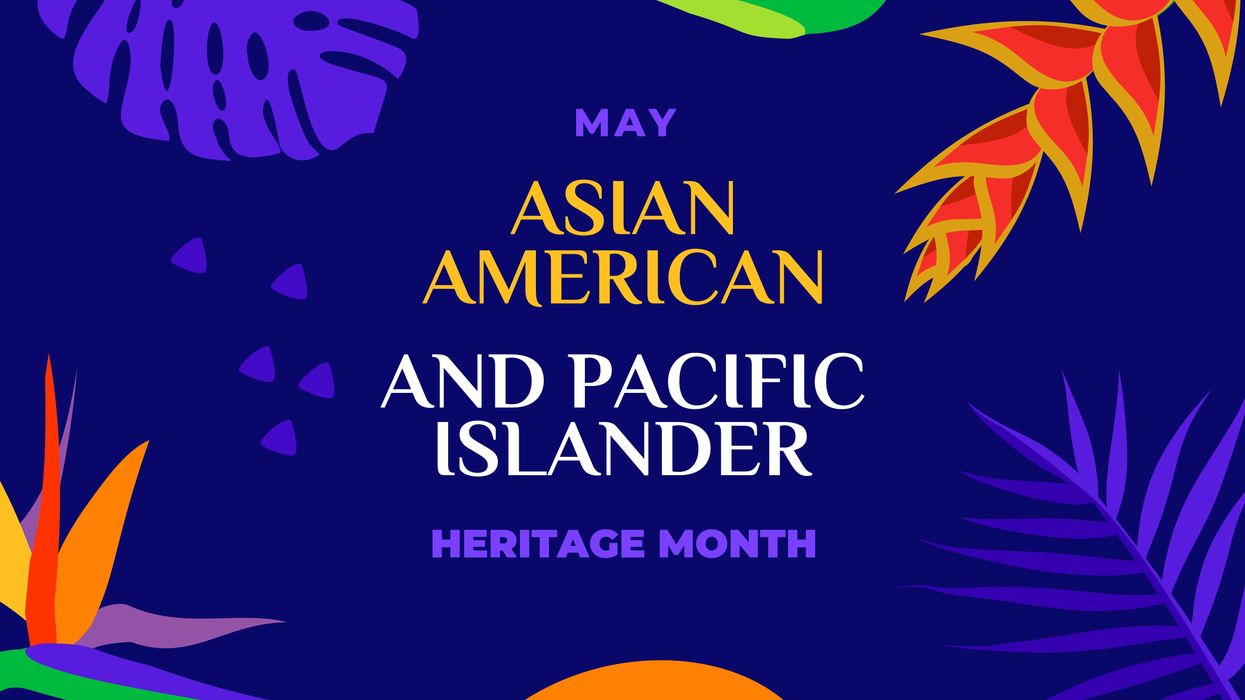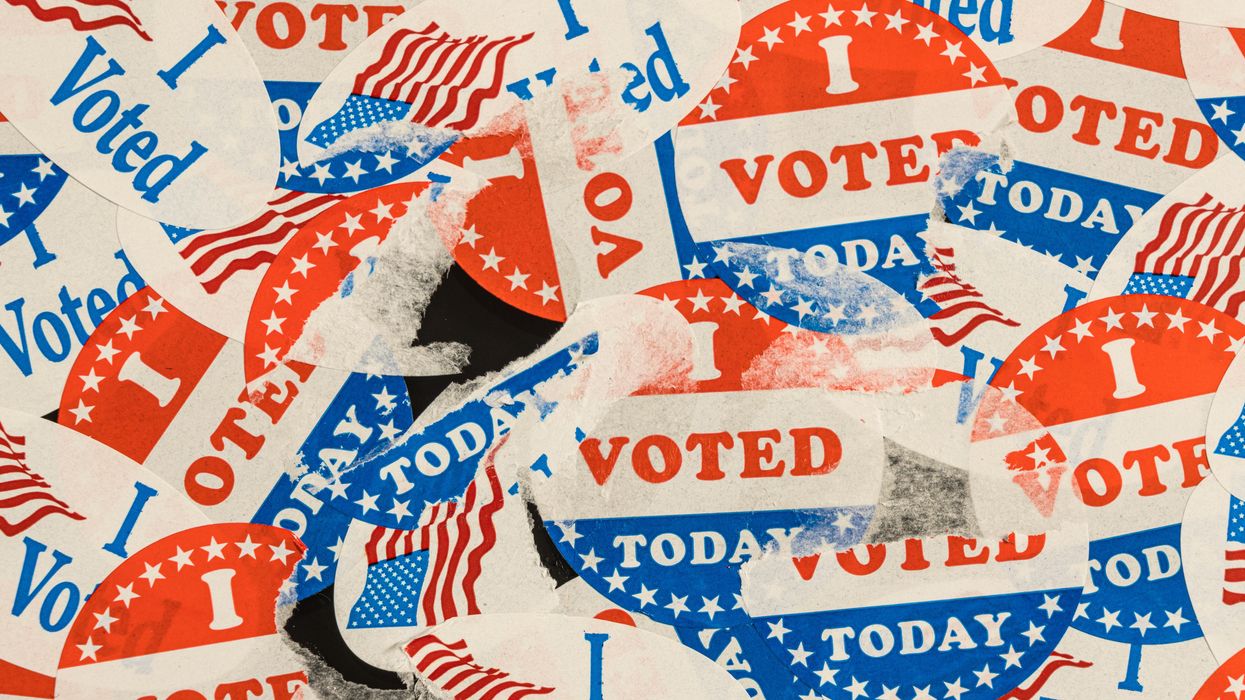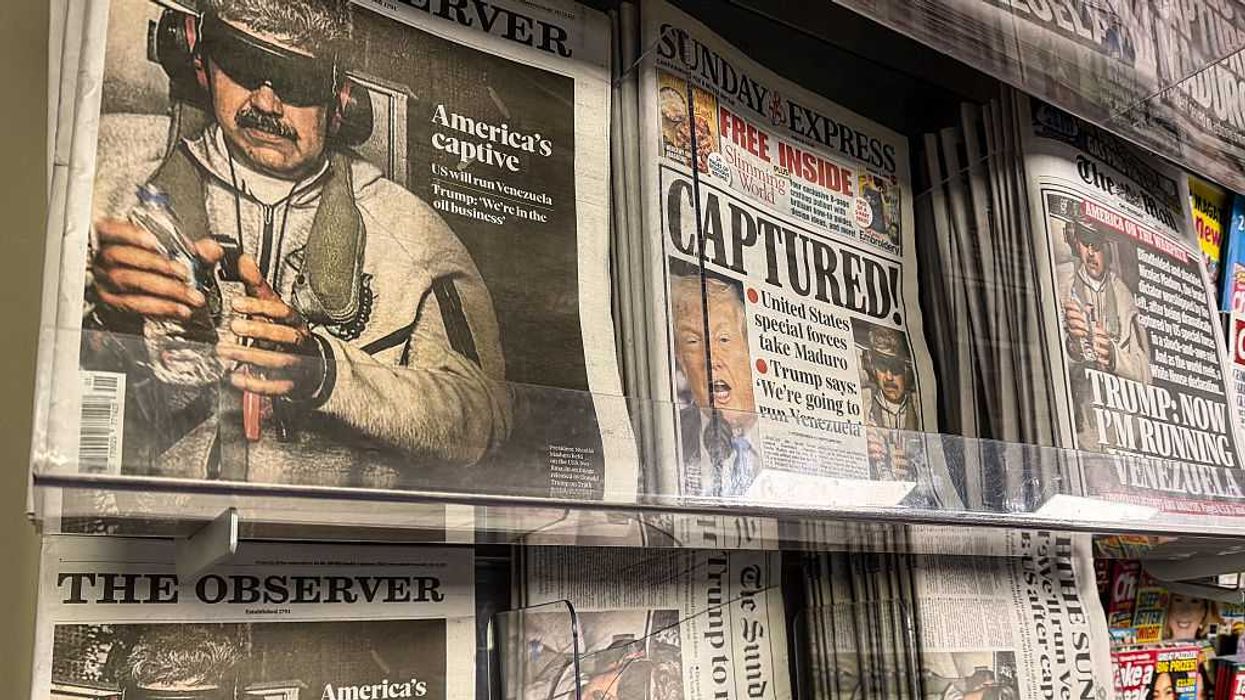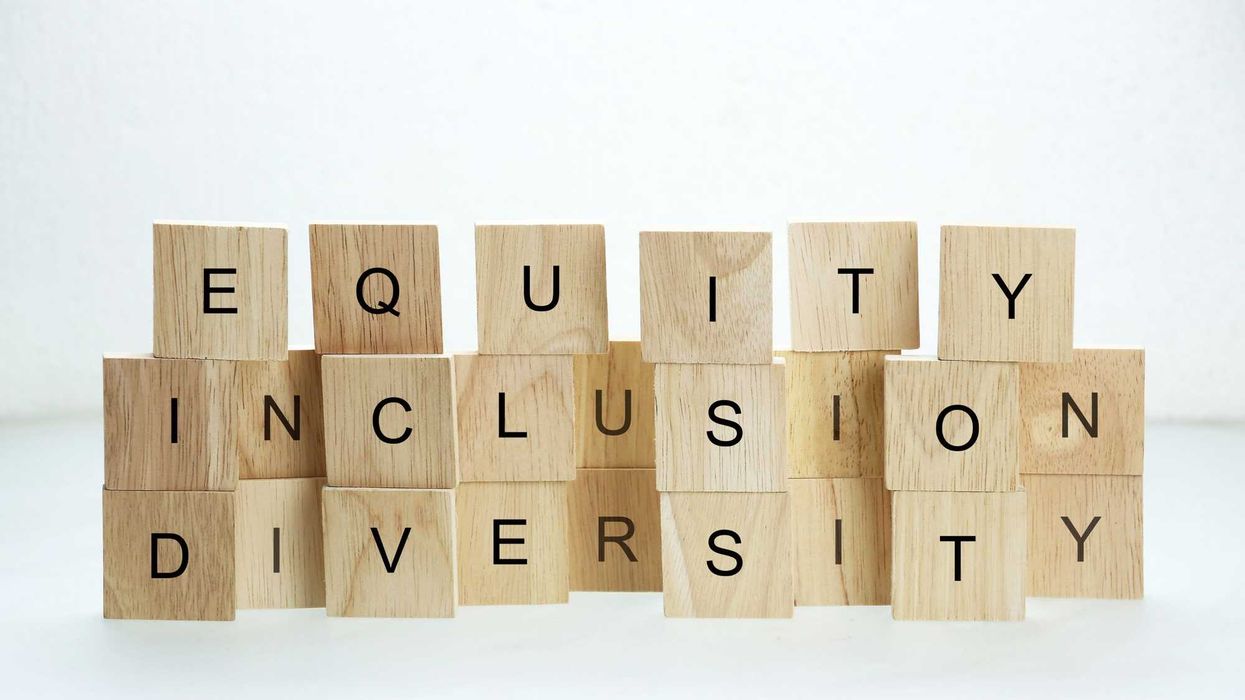Johnson is a United Methodist pastor, the author of "Holding Up Your Corner: Talking About Race in Your Community" and program director for the Bridge Alliance, which houses The Fulcrum.
May marks the annual observance of Asian American and Pacific Islander Heritage Month, a time to celebrate the rich history, diverse cultures, and significant contributions of the AAPI community to the United States and the world.
This nationwide celebration dates back to 1978, when an act of Congress called on the president to declare an Asian/Pacific American Heritage Week each year. In 1990, a week became a year. In 1992, Congress declared May to be Asian/Pacific American Heritage Month, and it was renamed AAPI Heritage Month in 2009. Since then, AAPI Month has consistently featured nationwide events and initiatives to commemorate the community's history, foster understanding and express appreciation.
AAPI Month serves as a reminder of the challenges faced by the AAPI community, from past discrimination and xenophobia to ongoing incidents of hate. In recent years, there has been a distressing rise in anti-AAPI sentiment and acts of hate. From the tragic shootings in Atlanta in 2021 targeting Asian women to widespread reports of verbal and physical harassment of individuals of Asian descent across the country, these incidents underscore the urgent need for increased awareness, education and solidarity.
The observance of AAPI Month amplifies the voices of the AAPI community and provides a platform to share their stories. These narratives challenge stereotypes, combat bias, and promote tremendous respect and acceptance of all AAPI individuals. The history of Asian Americans and Pacific Islanders in the United States is a complex tale of resilience, perseverance and remarkable achievement. Their story is inspiring and deeply impactful, from their inglorious sacrifices towards building the transcontinental railroad to their struggles for civil rights and equal opportunity.
AAPI individuals have made profound impacts across virtually every field in American society. Whether in politics, business, technology, entertainment, or the arts, AAPI leaders, innovators, and visionaries drive progress, shape culture, and redefine possibility. In politics, trailblazers Kamala Harris and Mazie Hirono have broken barriers and inspired a new generation of AAPI political leaders. In the tech world, pioneers like Andrew Yang and Vivek Ranadive are disrupting industries and championing entrepreneurship. Entertainment stars like Mindy Kaling and Awkwafina push boundaries and challenge stereotypes through their work. Activists like Grace Lee Boggs and Helen Zia have fought tirelessly for equality, representation, and recognition of the AAPI community's contributions to American history and society. The diverse accomplishments of AAPI individuals reflect the richness and dynamism of the community and its growing influence in the United States.
The month’s observance invites our intentionality on equality and the pursuit of justice for all AAPI individuals. Achieving this vision requires vigilance, education and action from all of us. By standing in solidarity with the AAPI community and recognizing its diverse contributions and challenges, we can work towards a future of greater understanding, acceptance, and peace for all people.
Certainly AAPI heritage month is a time for all Americans to celebrate the long and rich history, culture and contributions of Asian Americans and Pacific Islanders. Famed celllist Yo-You Ma sums up the importance of the month long celebration:
When you learn something from people, or from a culture, you accept it as a gift, and it is your lifelong commitment to preserve it and build on it.
We at Bridge Alliance encourage all Americans to celebrate and learn about the rich tapestry of AAPI cultures and histories this May. Through increased awareness, understanding, and appreciation, we can build a more inclusive and equitable nation that represents our nation's greatest and most enduring strength — its diversity!




















